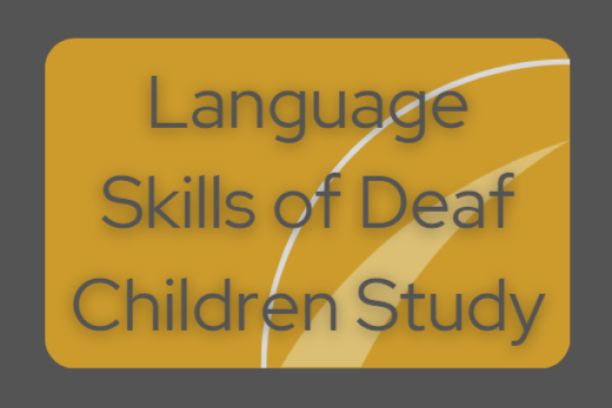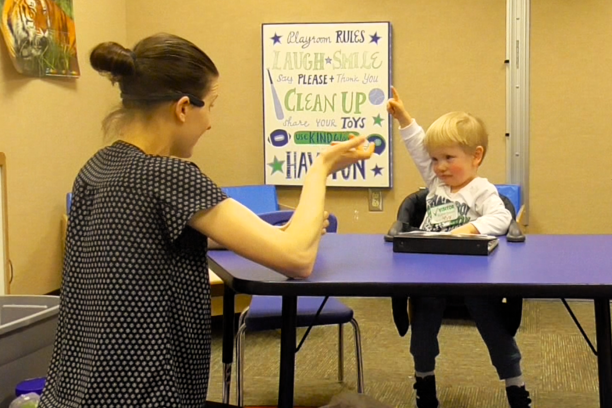-
Prahl A., McDaniel J.. Strategies for teaching verbs to children with and without language impairment Seminars in Speech and Language. 44(44). 267-286.
Abstract
The aim of this feasibility study was to extend the current evidence base on intransitive verb learning by evaluating and comparing three strategies (syntactic cues, semantic cues, combined cues) for teaching novel verbs to expand the vocabularies of children with and without language impairment. Twenty-three children with typical development, seven children with developmental language disorder, and eight children with Down syndrome participated in Studies 1, 2, and 3, respectively. They were taught novel, intransitive verbs using syntactic, semantic, and combined cues and then asked to receptively identify and expressively label the novel verbs. Across all conditions, participants learned novel verbs receptively with large effect sizes and participants with typical development and Down syndrome also learned the verbs expressively with large effect sizes. There were no significant differences between conditions. This study extends word-learning research by evaluating not only receptive but also expressive intransitive verb learning to expand one's vocabulary. The results provide positive evidence for three effective strategies for teaching intransitive verbs to children with and without language impairment.





